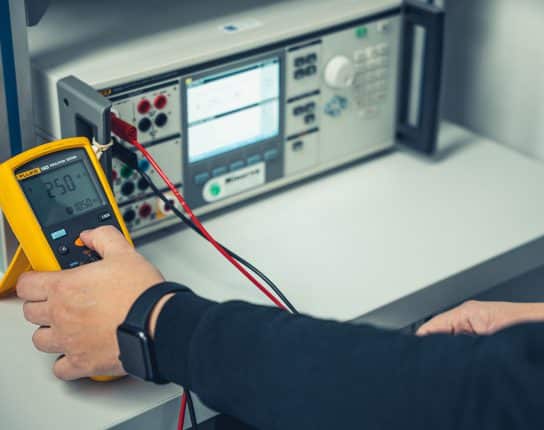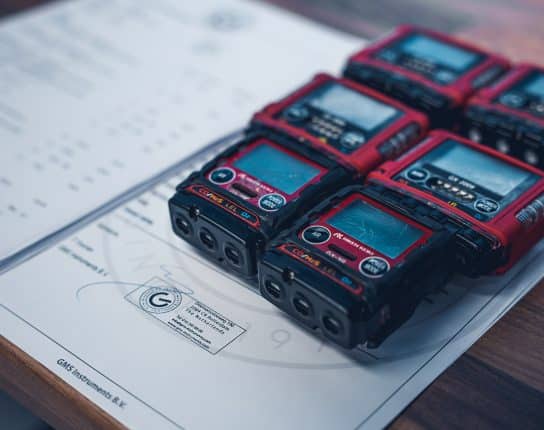
Why apply renewable energy?
Climate change is the challenge for this generation. Europe has set climate targets for 2030 and 2050.
The goal is combating global warming by becoming climate neutral by 2050 at the latest. This is stated in the European Climate Law adopted by the European Council on 28 June 2021. To reduce greenhouse gas emissions to zero by 2050, the European Union will have to emit 55% less CO2 in 2030 compared to 1990. One of the things how to achieve this, is investigating in the applicability of renewable energy.
Green ammonia as renewable energy
Green ammonia is rapidly emerging as an alternative form of zero-emission fuel and is gaining increasing attention from energy giants. Green ammonia is a serious contender to become one of the most important forms of renewable energy for our society in the coming decades. Ammonia gas would have about nine times the energy potential of a lithium-ion battery and would be easier to transport than liquefied natural gas (LNG) due to its denser nature. Moreover, a cubic meter of liquid ammonia would produce at least 50% more energy than the same amount of LNG.
Despite the fact that green ammonia currently receives less attention than innovations involving hydrogen, energy companies are said to be optimistic about the gas due to its zero emissions. Within the maritime sector it has been known for years that ammonia can be a promising fuel. Green ammonia would be the preferred fuel because the use and production is carbon free. Conventional brown ammonia would release approximately two tons of CO2 during production.
Green methanol as renewable energy
Methanol is considered as a promising alternative energy carriers for the maritime sector. However, the necessary knowledge is still lacking. Sailing on methanol is technically and operationally feasible, and optimizations are still possible. Also, converting existing ships is more complicated and more expensive than redesigning new-build ships. Additional research is required in the field of safety and bunkering. In addition, knowledge about engine performance and practical experience with the application of methanol in operational conditions for different ship types is required. There are also uncertainties about the availability and pricing of sustainable methanol.
What about green hydrogen as renewable energy?
Given the properties, hydrogen could be a good fuel because:
1) It causes no emissions as water is the only by-product of the process.
2) It can be used to produce other gases as well as liquid fuels.
3) Existing infrastructure (gas transport and gas storage) can be repurposed for hydrogen.
4) It has a higher energy density than batteries and so can be used for long distance transportation and to carry heavy goods.
Producing green hydrogen requires a sustainable energy source, such as wind or solar energy or hydropower. Green hydrogen can be made with this green electricity. The method of converting water into hydrogen using electricity is called electrolysis.
Hydrogen as new fuel
At the moment, there are already cars that run on hydrogen. Like battery-electric cars, hydrogen cars don’t emit any CO2 while driving. However, an electric car uses energy much more efficiently. To drive the same number of kilometers as an electric car, a hydrogen car needs three times as much energy. Hydrogen cars can drive even further on one tank than most electric cars. The development of electric cars with battery has been going very fast in recent years. The expectation is that the advantage of a greater range for the hydrogen car will disappear in the near future. Hydrogen can play an important role in the propulsion and sustainability of trucks, trains or buses. Because these vehicles are large and very heavy, they would require a much larger battery than a passenger car. Especially in the transport sector, where the distances are often very large.
Hydrogen currently doesn’t play a role in the maritime sector and in aviation. However, in the near future, this may change. The first ships with hydrogen propulsion should become visible in the second half of 2022, in the form of small hydrogen-powered ships. In the following years, the technology will also be available for medium-sized and large seagoing vessels.
If you want to know more about hydrogen, you should also read our blog about the importance of hydrogen gas detection!
Related
More of the same



